Christmas, and the winter season on the whole, is a bright and happy time that brings people together. There are many familiar symbols of Christmas and the holidays that have come to represent this joyful time of year: Santa Claus, reindeer, poinsettias, snowmen, and pine trees to name a few. Among these symbols, there are quite a few birds.
Any birdwatcher can tell you that birds brighten the environment and add untold beauty to the world around them. In a season rich with colorful imagery and song, the presence of birds is a natural fit.
What would Christmas be without the brilliant and festive red plumage of the cardinal? No Christmas caroling set could possibly be complete without “The Twelve Days of Christmas,” a song in which more than half of the days are represented by various birds. In this article we’ll go over some of the most noteworthy birds of Christmas and their symbolic meanings with regards to the holiday season. From penguins to Turtle Doves, here are the many birds of Christmas!
More Articles to Check Out:
- Turkey Symoblism & Meaning
- Cuckoo Symoblism & Meaning
- Chickadee Symoblism & Meaning
- Crow Symoblism & Meaning
Cardinals
The Northern Cardinal, regarded by many as the “Christmas bird” is an obvious choice for this article’s first subject. The Northern Cardinal is a favorite among Christmas lovers and birders alike. So popular, in fact, is the Northern Cardinal that it is the official state bird for a whopping seven US states. (1) This makes the Northern Cardinal the most common state bird in the entirety of the USA.
So why is the Northern Cardinal such a ubiquitous symbol of the holidays? Firstly, the bright red plumage of the Northern Cardinal is unmistakable against the snowy backdrop of a winter landscape. From greeting cards to wrapping paper, the brilliant red feathers of the Northern Cardinal is a favorite choice for decorative Christmas cheer.
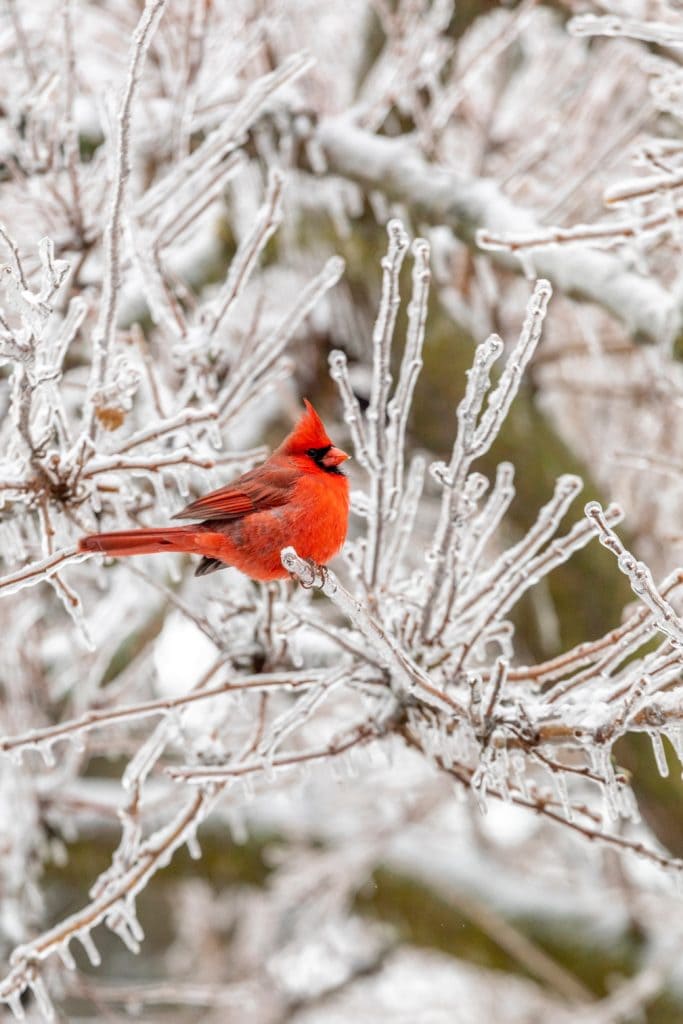
One other reason for the Northern Cardinal’s festive reputation is the fact that, in many US states, this bird is a year-long occupant. In the snowy winter months when most other birds have migrated to warmer locales, the stalwart Northern Cardinal remains to liven up the scene. They are eager visitors to bird feeders and both the male and female of the species are prone to singing .(2)
In the lonelier months of winter, the Northern Cardinal is an ambassador of good cheer. As the Christmas song “Walking in a Winter Wonderland” goes: “Gone away is the bluebird. Here to stay is a new bird. He sings a love song as we go along. Walking in a winter wonderland…” It is difficult to imagine this “new bird” as any other but the Northern Cardinal.
Penguins
Penguins! Cute, cuddly, and closely associated with the cold, it’s no wonder that these birds are so regularly connected with Christmas. Certainly, unlike the Northern Cardinal, there are very few people who can boast live penguins as a regular part of their winter experience. Nevertheless, these flightless darlings are a Christmas favorite.
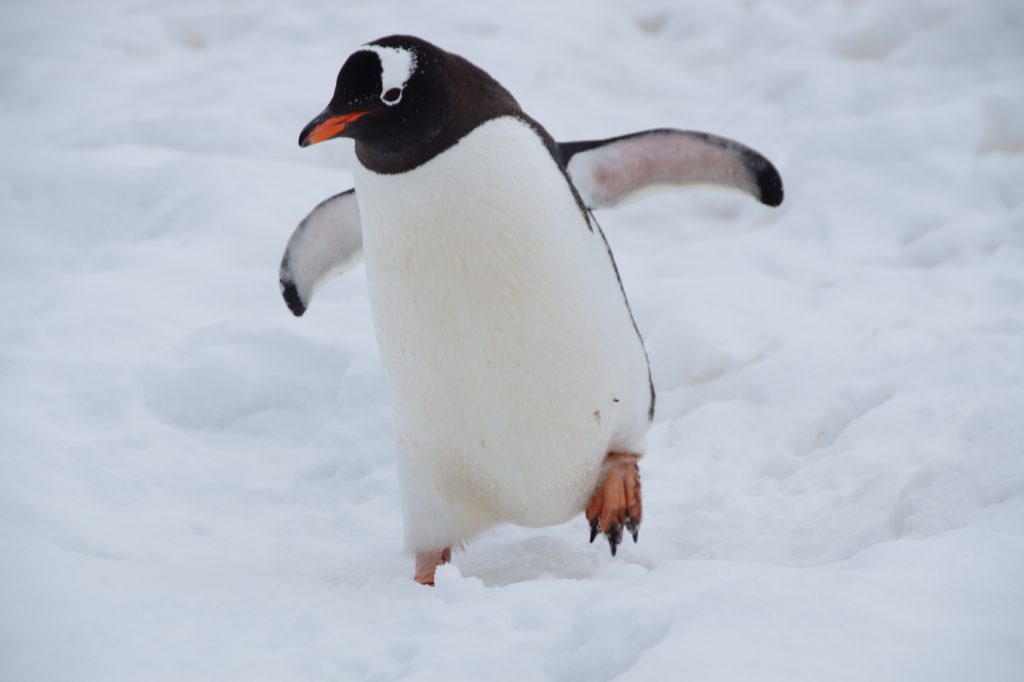
The connection between penguins and Christmas is fairly straightforward. Though there are a number of penguin species that dwell in warmer climates, the highest density of penguins is concentrated on the Antarctic coasts and sub-Antarctic islands. (3) They are creatures built for winter. With insulating fat and overlapping layers of feathers to keep them warm as they swim through the Antarctic Ocean, it is no surprise that the first thing that comes to mind when we see these creatures is cuddliness!
In addition to their wintery theming, penguins are very family-oriented. Most penguin species mate for life and spend long arduous months during the breeding season rearing their offspring with patient devotion. (4) Christmas is a season of togetherness, and the penguin reflects this value flawlessly. Many penguin species spend their days huddled together against the cold, at times with eggs or young ones tucked between their feet for safekeeping. They persevere through the harshest winters on this planet by sticking together and looking after one another.
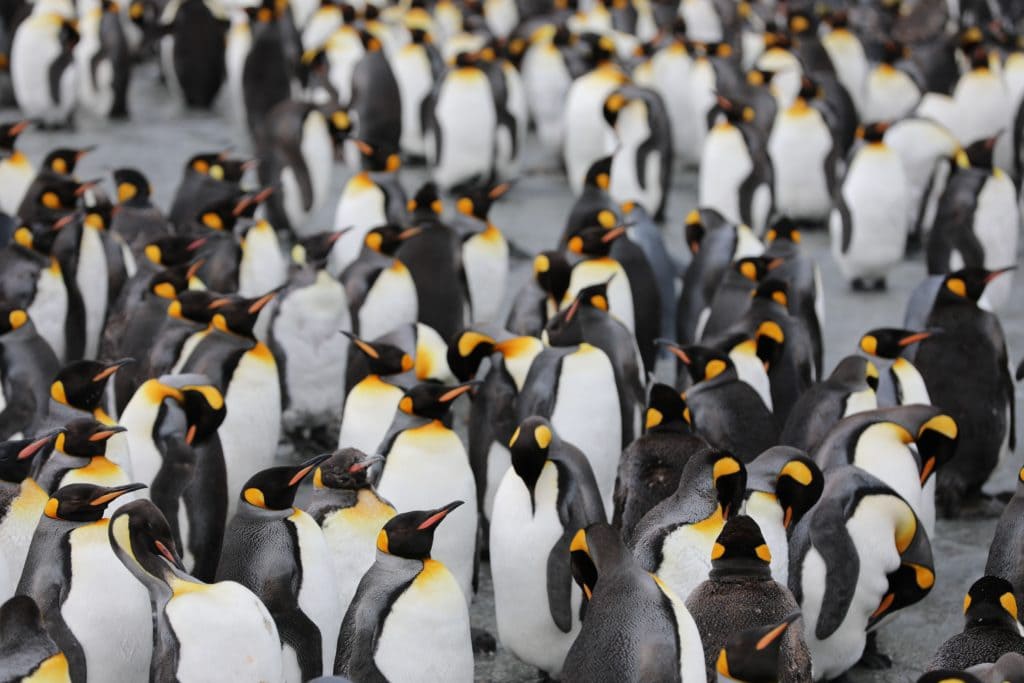
Furthermore, penguins can even symbolize one of the main ways that people celebrate the Christmas season: giving gifts to loved ones. Several penguins species, including Gentoo Penguins and Adelie Penguins, exchange gifts of pebbles with their mates. (5) These pebbles are brought together to build a pebbly nest, however, the procurement and exchange of pebbles is an important part of the courtship process. In this way, penguins are perhaps the most appropriate Christmas bird of all!
The Birds of the 12 Days of Christmas
As stated above, many of the birds associated with the Christmas season come from the popular Christmas carol “The Twelve Days of Christmas.” This carol is one of the oldest Christmas carols which is still celebrated to this day. The oldest written version dates back to 1780. However, the carol is likely much older. (6) In this section we will examine the many birds that appear in this song.
Partridges
On the first day of Christmas, my true love gave to me a partridge in a pear tree! This bird appears the most in the classic song by virtue of being the first verse that’s repeated throughout the carol. The partridge is often associated with Christmas trees because of its prominent position in the “pear tree” of the carol.
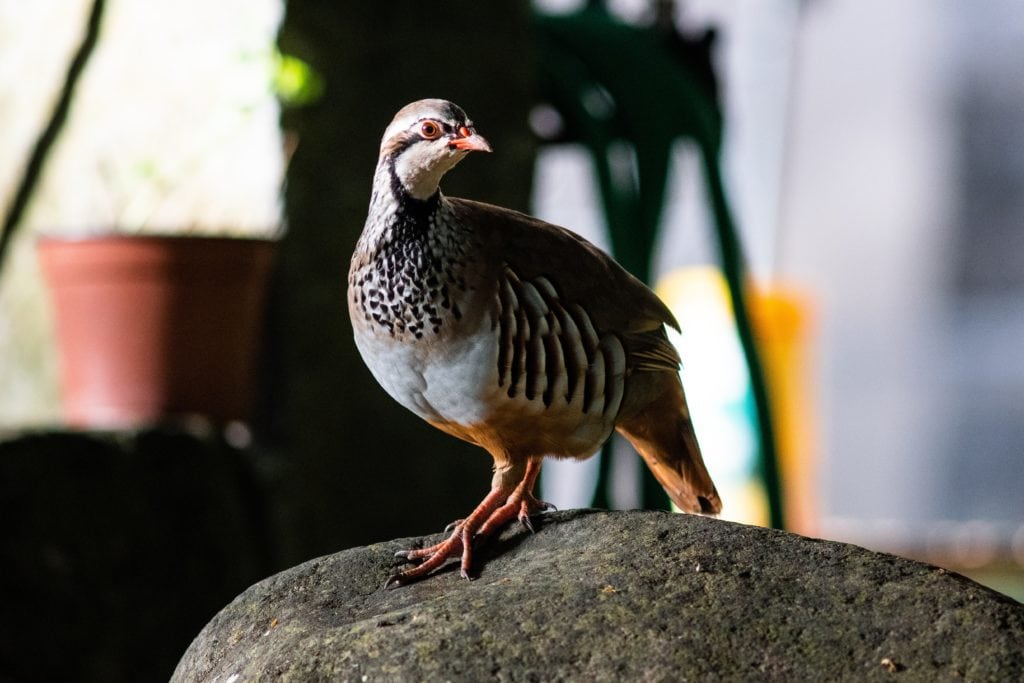
The partridge is smallish ground-dwelling game bird similar to a chicken or a pheasant. Partridges are monogamous birds that often have colorful plumage in glossy colors like green and red. (7) Themes of romance, prosperity, and abundance surround this beautiful game bird. Fittingly, this bird is often used as a tree topper for Christmas trees.
Turtledoves
On the second day of Christmas, my true love gave to me two Turtle Doves and a partridge in a pear tree! The Turtle Dove is a bird synonymous with romance. Even in that familiar carol, the Turtle Doves are always a pair.
“The Twelve Days of Christmas” is not the only place in which Turtle Doves are depicted as love birds. In Greek mythology, the Turtle Dove was associated with the goddess of love, Aphrodite. (8) Turtle Doves are supposed to pull Aphrodite’s chariot.
Chaucer wrote of Turtle Doves: “The wedded turtledove with her heart true.” (9)
William Shakespeare often wrote about Turtle Doves and used them as symbols for love, romance, and emotion. In King Henry VI, he wrote of “a pair of loving turtle-doves that could not live asunder day or night.” (10)
When it comes to Christmas celebrations, the Turtle Dove represents the joy of spending Christmas with the one you love most.
French Hens
On the third day of Christmas my true love gave to me three French hens, two Turtle Doves, and a partridge in a pear tree! French hens hold the third position in this carol and the meaning of these birds is fairly obvious.
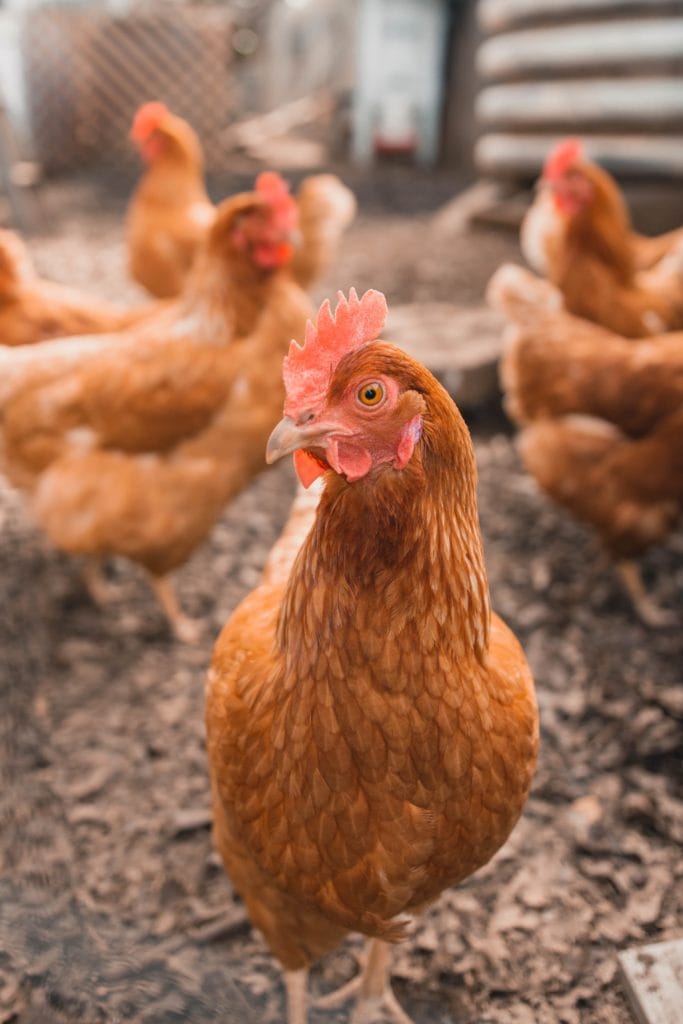
Though older versions of the carol may have replaced “French hens” with “fat hens,” the meaning is virtually unchanged. Hens, including historically beloved French varieties, were and are treasured additions to the holiday dinner table. (11)
In this sense, the three French hens of this carol represent the feasting element of the holidays. In the cold months of winter, people rely on the holidays as an opportunity to come together and enjoy delicious food and happy company. French hens represent the “delicious” aspect of this tradition.
“Calling Birds”
On the fourth day of Christmas my true love gave to me four calling birds, three French hens, two Turtle Doves, and a partridge in a pear tree! But what is a “calling bird,” actually? “Calling” birds are often depicted as caged songbirds singing a tune.
If indeed, the “calling bird” refers to a choir of singing birds, then this verse could potentially represent the musical element of the Christmas season.
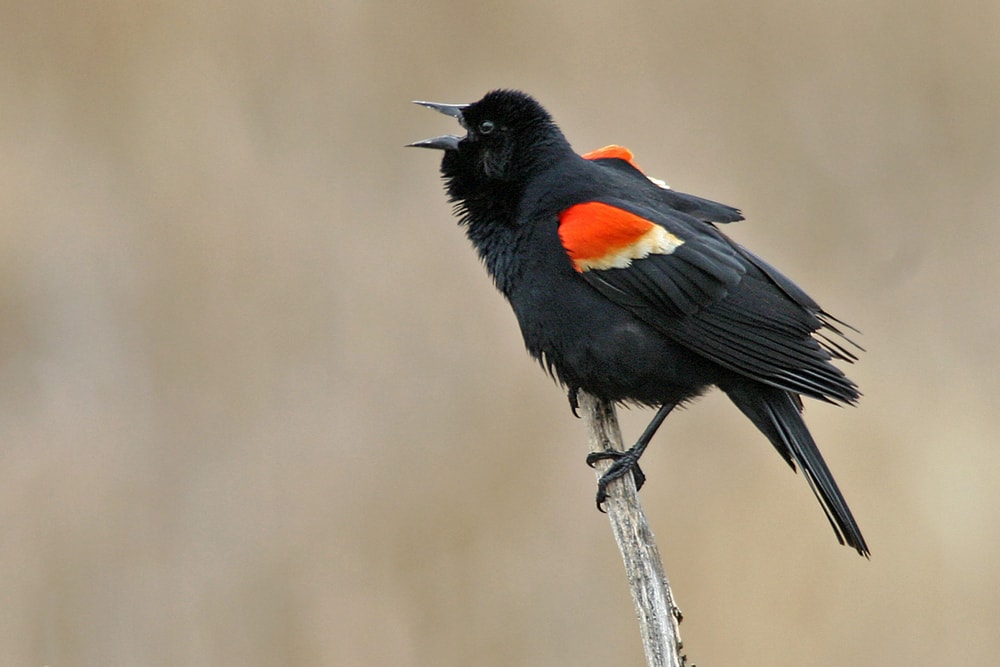
Strangely, though, “calling birds” may refer to something else entirely. Older versions of the song used the word “colly” instead of “calling.” An outdated word that has its etymological roots in the words “coal” and “coaly,” this original word would suggest that, rather than songbirds, the fourth verse refers to some sort of blackbird. (12) “coaly” refers to something that is coal black in color.
The precise reason why one’s true love would gift them blackbirds for Christmas is unknown. It is possible that, like the French hens, these “colly birds” may have been a gift destined for the dinner table. Just like in the classic nursery rhyme “Sing a Song of Sixpence,” blackbirds were once consumed as ingredients in dishes like meat pies. Blackbirds are gregarious, curious, and fascinating birds. If not given as a meal, perhaps the gift of the four “colly” birds is the gift of good company!
Geese
On the sixth day of Christmas my true love gave to me six geese a-laying, five golden rings, four calling birds, three French hens, two Turtle Doves, and a partridge in a pear tree! Like many of the other entries, the geese of the sixth verse may have represented the feasting aspect of Christmas.
A Christmas goose is a fairly traditional holiday meal, and what’s more, the geese of this verse are said to be laying eggs. In this sense, this verse could represent wealth, fertility, and a bountiful harvest. Geese are often associated with luck, protection, and family as well.
Geese have long been associated with wealth. Folk tales abound of special geese that lay golden eggs. A memorable source of this imagery comes from “Jack and the Beanstalk,” in which the fearsome giant possesses a magical golden goose that lays golden eggs.
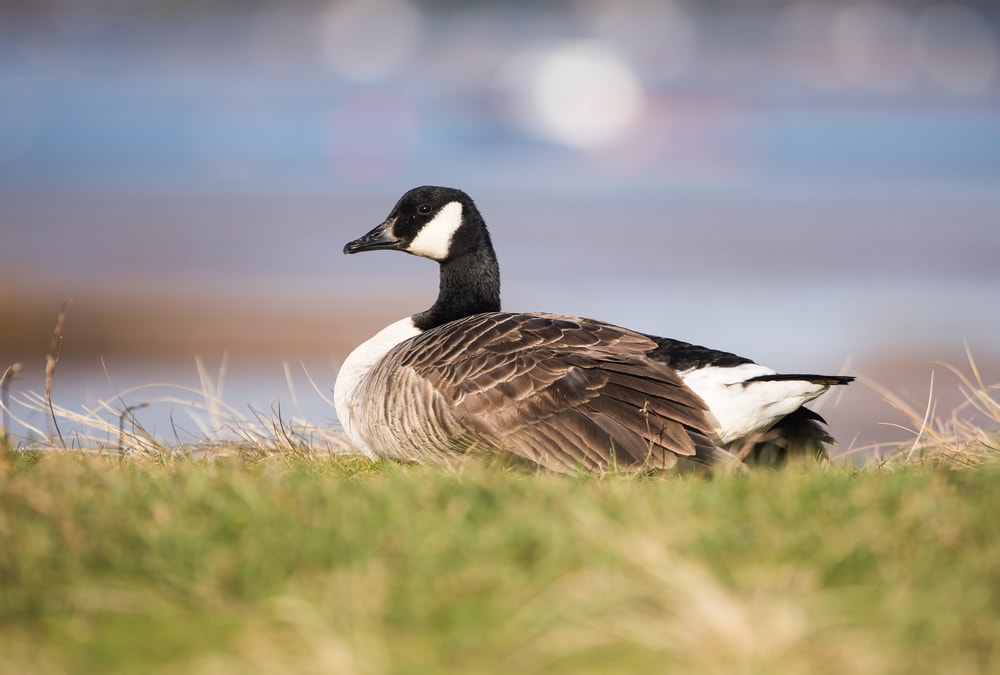
The idiom “killing the golden goose” is often used to refer to instant gratification. It is better to have a lifetime supply of golden eggs than one tasty meal of goose. In this way, this verse could represent the rich rewards that we enjoy during Christmas as a result of our patience in weathering the harsher winter months.
Swans
On the seventh day of Christmas, my true love gave to me seven swans a-swimming, six geese a-laying, five golden rings, four calling birds, three French hens, two Turtle Doves, and a partridge in a pear tree! The final Christmas bird up for discussion, the swan is a striking symbol of love and beauty. Much like the Turtle Doves of the second verse, the romantic tone of this gift is very fitting considering that it has ostensibly come from the singer’s own true love.
Swans are often associated with love, magic, and purity. Many old fairy tales, some of which can be traced back to ancient Celtic myths, feature human beings that transform into swans in order to be with their loved ones. Tchaikovsky, the composer of the “Nutcracker” ballet, immortalized the beauty of the swan in his famous “Swan Lake” ballet.
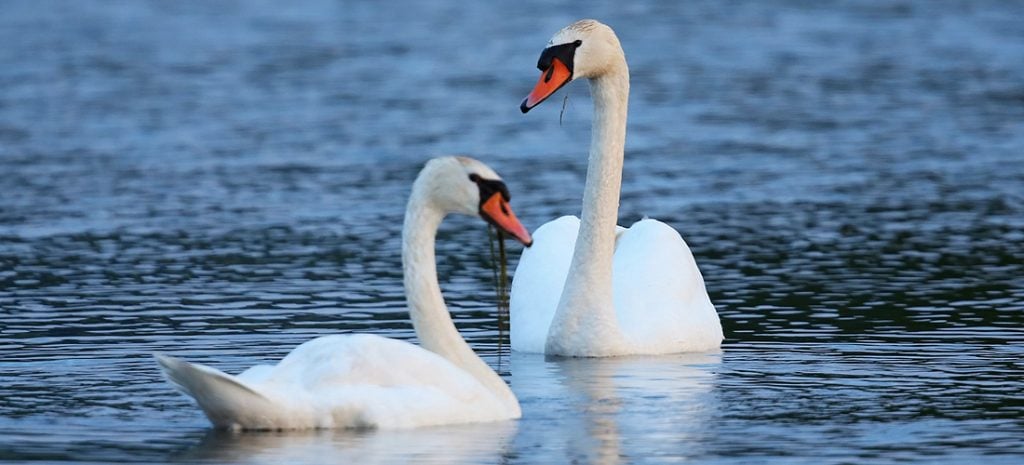
In one Greek myth, the mighty god Zeus, king of the heavens, transforms himself into a swan in order to court a beautiful human woman named Leda. (13) Zeus and Leda’s union results in the birth of Helen, a woman so beautiful that the Trojan War is said to have been waged for her.
Swans are also associated with royalty. Bizarrely, the law in England dictates that every unclaimed swan throughout the country is technically the property of the queen. (14)
So, what is the meaning of a gift of seven swans? I posit that this gift represents courtship and generosity. Much like the “Gift of the Magi,” it is the gift that we save and sacrifice for so that we might be rewarded by a beaming smile or a mistletoe kiss.
Conclusion
Decorations that warm the heart, songs that lift the spirits, and bright visitors that color a winter landscape, these are the roles that birds play in our holiday traditions. Whether we’re eating them for Christmas dinner or enjoying their presence all around us, Christmas is a season for acknowledging our blessings with gratitude and joy.
Any nature lover can tell you that birds are a blessing for mankind to enjoy. They fill our environment with color and song and many of them nourish our bodies. For this reason, I think that Christmas should be a season for appreciating birds. As we gather with our loved ones and enjoy the many traditions that make the holidays so special, we must not forget all the incredible creatures that contribute to these traditions and to the joys of winter on this planet.
Further Reading:

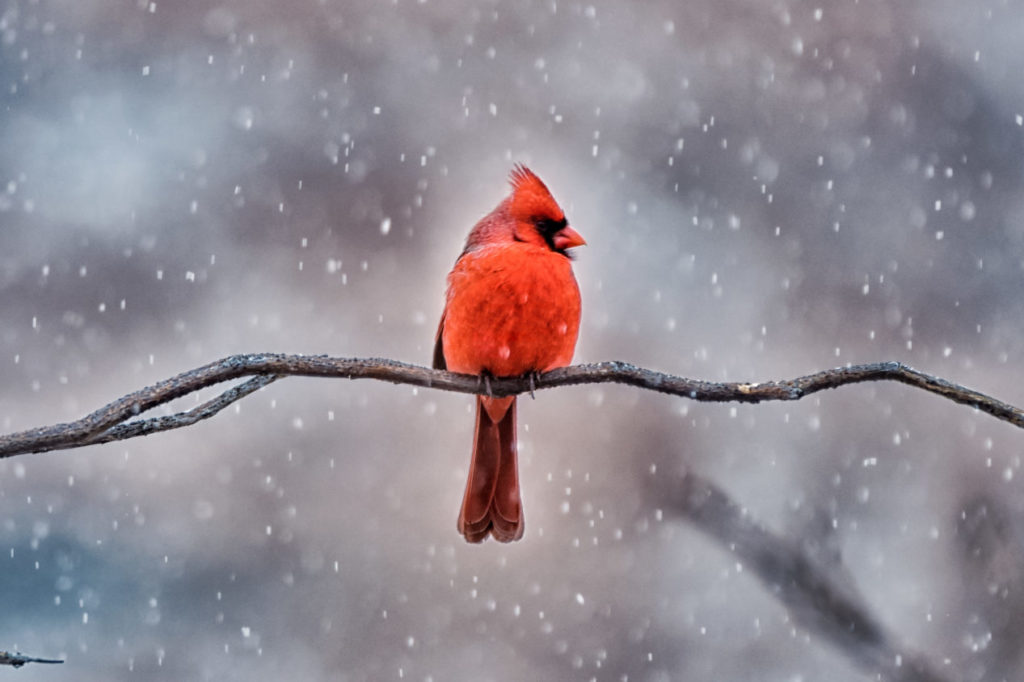
Thank you so very much for collating this informative piece on the significance of beautiful birds during the Festive Season. I desire to see a gorgeous red Cardinal some day.
All the best from Bonny Scotland.
Joy